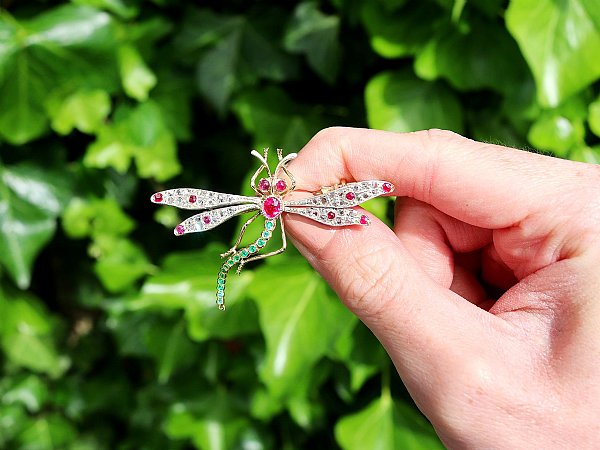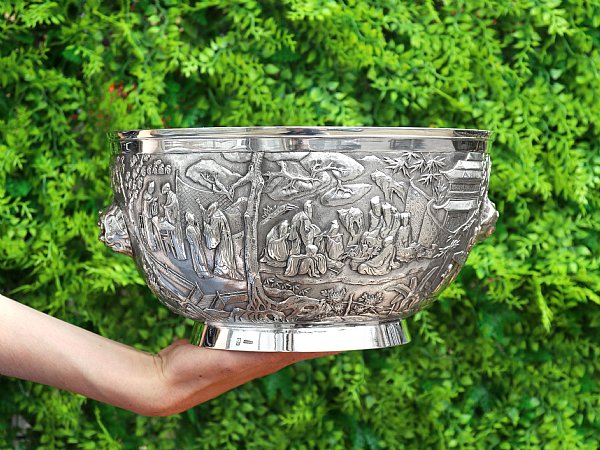Search Results for: '{{searchText}}'
Sorry...
We don't seem to have what you're looking for.
However we do have thousands of magnificent pieces of silver and jewellery available for you to view online. Browse our store using one of these categories.
Please wait for loading data... 
Browse these categories under "Porringers"
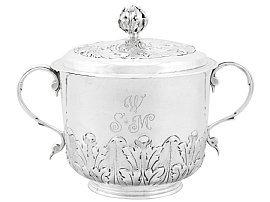
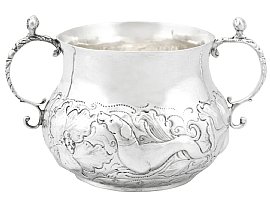
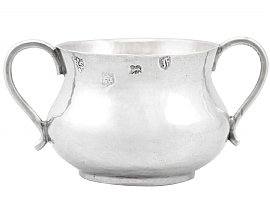
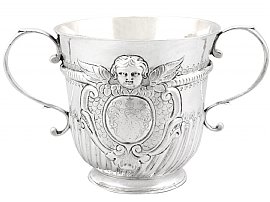
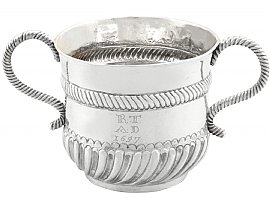
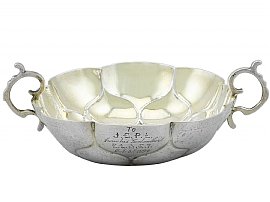
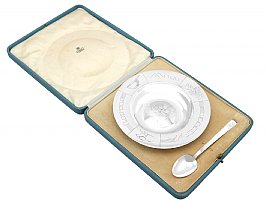
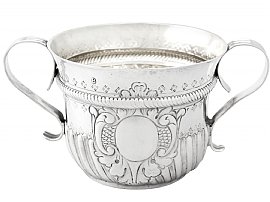
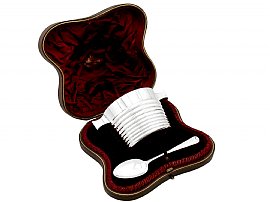
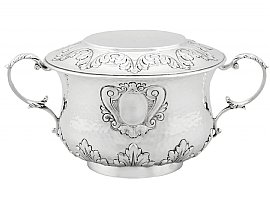
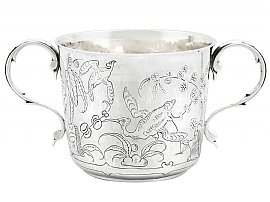
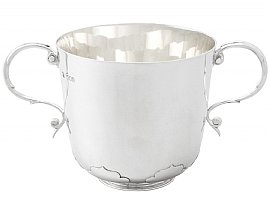
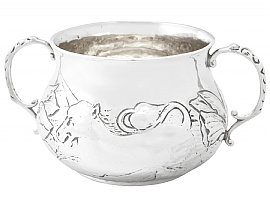
Sterling Silver Porringer and Cover - Antique William III (1689)
Price: GBP £12,045.00Sterling Silver Porringer - Antique Charles II (1671)
Price: GBP £6,545.00Sterling Silver Baby Porringer - Antique Charles II (1663)
Price: GBP £4,345.00Britannia Standard Silver Porringer - Antique Queen Anne (1707)
Price: GBP £2,915.00Britannia Standard Silver Porringer - Antique William III (1697)
Price: GBP £2,450.00German Silver Wine Taster - Antique Circa 1695
Price: GBP £2,195.00Sterling Silver Christening Bowl and Spoon by Asprey & Co Ltd - Antique George VI (1938)
Price: GBP £1,995.00Britannia Standard Silver Porringer - Antique George I
Price: GBP £1,645.00Scottish Sterling Silver Christening Bowl and Spoon - Antique Victorian (1883)
Price: GBP £1,595.00Sterling Silver Porringer - Antique Edwardian
Price: GBP £1,595.00Sterling Silver Porringer by Lambert & Co - Antique George V (1912)
Price: GBP £1,445.00Sterling Silver Porringer - Antique Victorian
Price: GBP £1,395.00Britannia Standard Silver Porringer - Charles II Style - Antique George V
Price: GBP £995.00